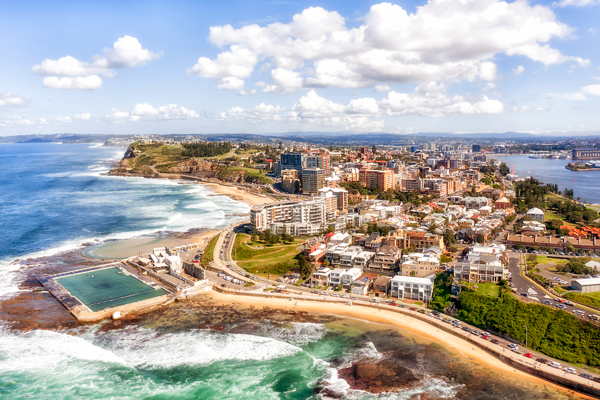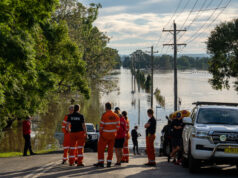Australia’s ageing public swimming pools are nearing the end of their lifecycles and will require $8 billion to repair or be replaced over the next decade.
That analysis is in a recent report commissioned by the Royal Lifesaving Association of Australia, which examined the state of around 500 public pools around Australia largely built in the 1960s.
In addition to the $8 billion required in the next decade, the State of Aquatic Facility Infrastructure in Australia report estimated that a further $3 billion will be need in between 10 and 15 years for another group of pools not in immediate need of repair.
The report also did a ‘stock take’ of public pools, finding that in 2022 there were 1306 public pools built and owned by the government sector, with another 807 publicly accessible but owned privately.
Of these facilities, 79% of pools in areas with the lowest decile under the Socio-Economic Indexes for Areas (SEIFA) analysis were publicly owned, while 74% of pools in areas with the highest SEIFA decile are privately owned. 77% of pools in regional areas are publicly owned.
The average public pool was built in 1968.
RJ Houston, the general manager of the RLSA, said that the report had found that as many as 40% of public pools were about to reach the end of their life.
Many of the facilities were constructed in the decades after World War 2 and their concrete shells, pipework and filters were in need of replacement.
Houston said the issue was a dilemma for local government, with councils faced with a choice between expensive repair or replacement, closing the pool, or selling or leasing the facility to a third party.
“Australia is a water loving nation and so these pools are absolutely loved and vital in every community across Australia,” Houston said.
The report also quantified the social and health benefits provided by the pools, and estimated that if Australia lost 10% of this pool infrastructure it would also suffer an annual loss of $910 million in these benefits.
Houston said statistics showed that 40% of children left school unable to swim 50 metres, and this was a “national disgrace.”
The report identified “key opportunities” to respond to this challenge, beyond a straight “like for like” replacement which it said was unrealistic.
These include exploring new ways of funding through public-private partnerships, collaboration between councils, and a review of state and federal funding for aquatic facilities.














